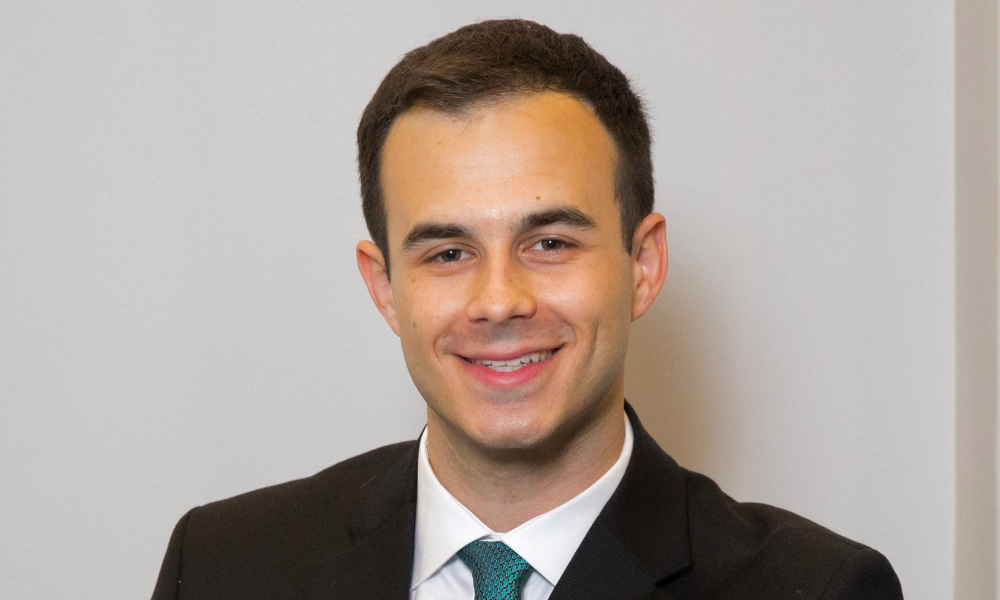The current lending climate is presenting its fair share of issues

It’s no secret that the popularity of alternative lending solutions grew at a significant clip in recent years, with tighter qualification criteria helping push many Canadian borrowers away from conventional options towards more niche lenders.
Canada Mortgage and Housing Corporation’s (CMHC’s) residential mortgage industry report last fall indicated that the top 25 mortgage investment corporations (MICs) in the country had seen assets under management increase by more than 22% in 2022’s second quarter, a growth rate that outpaced that of mainstream financial institutions.
Still, while the appeal of alternative and private lending options has risen, many borrowers who moved towards that space are facing their own challenges in the current market climate, according to a Toronto-based mortgage broker.
Daniel Vyner (pictured top), principal broker at DV Capital Corp., told Canadian Mortgage Professional that alternative and private mortgage borrowers who purchased or refinanced at the height of the recent boom to access home equity or enter the market were facing “multiple layers of issues” in 2023.
Those include the fact that while those short-term mortgage products are viewed as a temporary stepping stone to graduate to traditional financing, many borrowers are finding that the task of moving away from the space is becoming more difficult due to higher interest rates, according to Vyner.
“Borrowers who have made orderly mortgage payments during their mortgage term have received renewal offers at much higher interest rates,” he said. “In some cases, many are unable to convert their mortgage to a traditional… product as initially planned, fear that they cannot afford the mortgage renewal payments, and are opting to list and sell their property.
“Depending on the property location, there may be a value decline from the purchase price which can result in little to no net equity, especially once factoring in purchase and sale transactional costs.”
An abundance of non-renewals has also been apparent in the present market, he said, describing an environment in which private mortgage investors or mortgage investment entities may feel the loans they funded at market peak are now no longer as secure.
“Depending on the property location and the difference between the loan to value from loan inception to now, there are handfuls of [mortgages that can’t be refinanced],” he said. “Private mortgage lenders in these situations must decide whether they commence legal proceedings that may result in some degree of loss or enter into an arrangement with their borrowers to extend the mortgage in hopes of riding out the storm.”
Speaking with Canadian Mortgage Professional last month, FSRA executive vice president Huston Loke pointed to the heightened risk factor for mortgage customers in the private space as the main reason behind the changes.https://t.co/17DzhXDJUg
— Canadian Mortgage Professional Magazine (@CMPmagazine) May 16, 2022
How are lenders reacting to the current higher-rate environment?
A much-changed real estate market, which has seen activity and home price growth tail off noticeably, has understandably led lenders to scrutinize active mortgages and potential fundings much more closely, Vyner said, resulting in fewer options for borrowers in the private space.
That’s especially the case for high-leveraged borrowers – “some of whom may not have been able to maintain homeownership for this long without year-over-year equity appreciation and are now facing the previously disregarded option of listing and selling their home.”
How are government agencies viewing trends in the alternative and private spaces?
The growing trend of mortgages remaining unpaid at term, and therefore remaining in the alternative space, is one that the national housing agency is keenly aware of.
Thirty-three percent (33%) of mortgages in the alternative space remained unpaid at term and did not migrate from that sector in the third quarter of last year, CMHC said, an increase from 29% the same time in 2021.
Tania Bourassa-Ochoa, CMHC’s senior specialist, economics, told CMP in December that the agency was “taking a close look” at developments in the space.
“For some mortgage borrowers that are staying for a longer period of time in that space and hence paying higher interest rates, maybe affordability can remain an issue for those borrowers who sometimes find themselves in precarious financial situations,” she said. “So it is something that we’re monitoring.”
How are you assessing the current alternative and private mortgage spaces? What type of calls are you fielding from clients involved in those types of lending solutions? Let us know in the comments section below.



